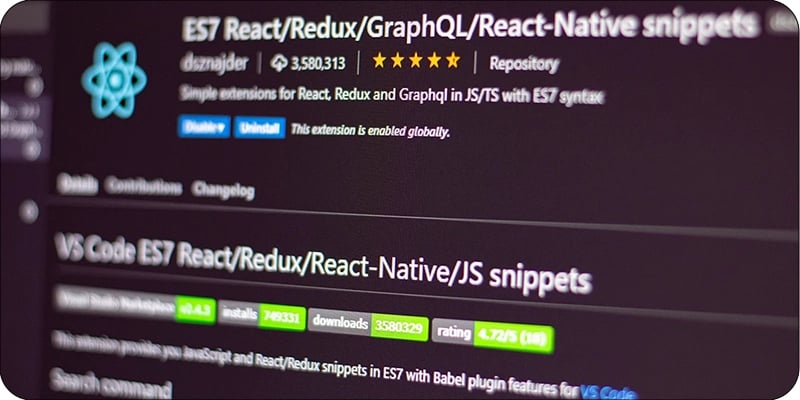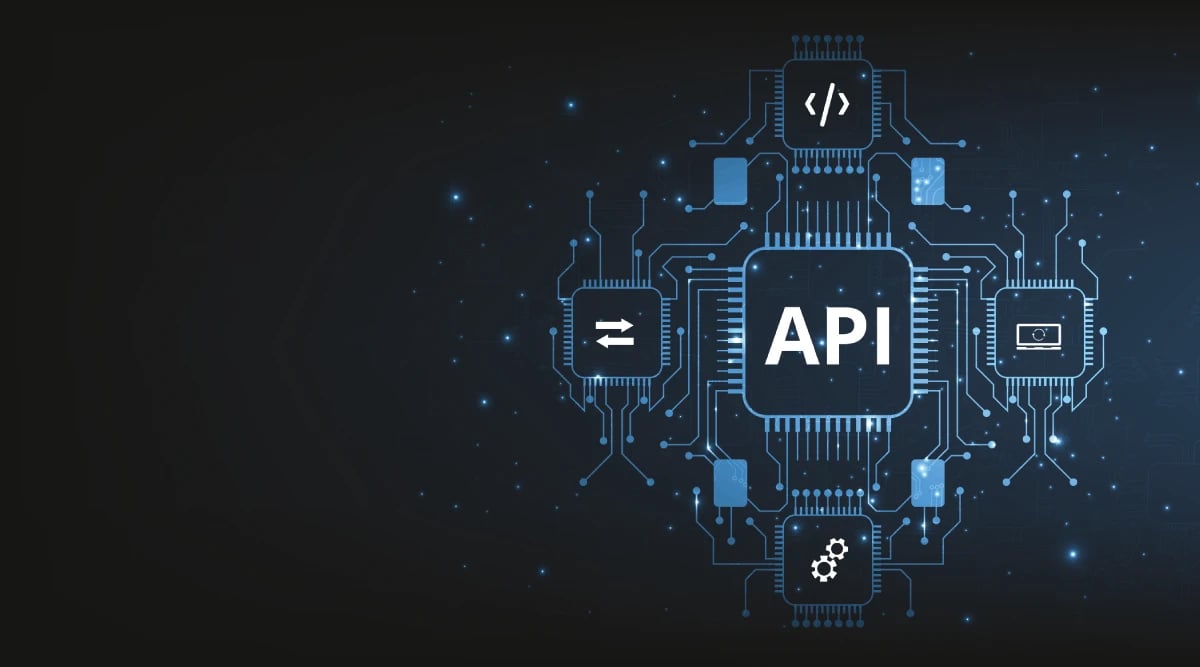Understanding API security
Let’s start at the beginning. What are APIs? In modern mobile, SaaS, and web applications, APIs play a crucial role and can be found in customer-facing, partner-facing, and internal applications. These APIs reveal application logic and sensitive data, including Personally Identifiable Information (PII), making them a prime target for cybercriminals. Secure APIs are essential for enabling swift innovation and integration.
- API security is crucial for organizations to protect data conveyed via APIs.
- Authentication, authorization, encryption, and monitoring are essential measures to prioritize for API security.
- These measures help prevent unauthorized access and reduce the risk of attacks like SQL injections.
- Maintaining a secure API infrastructure upholds the dependability and credibility of a digital ecosystem.
Why is API security important?
Ensuring API security is crucial as APIs are utilized by businesses to link services and transmit data, making a breached API a potential cause of data leaks. Gartner reports that 90% of web-enabled applications face a greater risk of attack through exposed APIs than through the user interface.
Why hackers love APIs
- APIs have become a preferred way for hackers to access company data. Through multiple software programs, they offer a direct pathway to stored data, which may include critical information.
- APIs provide an easy route for bypassing security measures. While many companies use firewalls to secure their systems, API security is often overlooked and can be exploited as a backdoor by hackers.

API security vs general application security
To ensure a secure application ecosystem, it's essential to understand the differences between API security and general application security. While general application security protects the general application, API security focuses explicitly on securing the interfaces that enable communication between systems. Here are some differences:
Scope
General application security covers the entire application, including the user interface, server-side components, databases, and other application layers. On the other hand, API security focuses specifically on securing the APIs and the data exchanged through them.
Access & authentication
API security strongly emphasizes authentication and authorization mechanisms for API access. APIs often have unique authentication requirements, such as generating API keys, and tokens or using OAuth protocols to validate the identity of the calling systems or users. In general, application security, user authentication, and access control may be implemented differently depending on the application's specific requirements.
Data exchange
API security focuses on securing the data exchanged between systems through APIs. This includes ensuring data confidentiality during transmission, implementing encryption mechanisms, and validating and sanitizing data inputs and outputs to prevent common vulnerabilities like SQL injections. General application security also addresses data security but may have additional considerations related to data storage, encryption, and access control within the application itself.
Exposure & attack surface
APIs are designed to be exposed to external systems, making them prominent attack targets. API security must protect against specific threats that can exploit API vulnerabilities, such as unauthorized API access, injection attacks, and Denial of Service (DoS) attacks. General application security, while still considering external threats, may have a broader focus on securing the entire application's attack surface, including user interfaces, databases, and backend components.
Monitoring & governance
API security often involves dedicated monitoring and governance practices to track API usage, detect suspicious activities, and ensure compliance with security policies. API usage analytics includes logging, rate limiting, and API gateway implementations. General application security may include similar practices but with a broader scope, covering the entire application infrastructure.
While API security and general application security have distinct differences, it's important to address both aspects in a comprehensive security strategy. APIs should be considered critical components of the overall application architecture, and their security should be integrated into the broader security framework.

Most common API security risks
In order to ensure the safety and security of APIs, it is important to thoroughly understand and address potential risks. With this in mind, here are the most commonly identified cyber threats.
Object-level authorization vulnerability
Object-level authorization vulnerability refers to a security weakness where a request gains unauthorized access to or manipulates data it should not have permission. A typical scenario involves an attacker tampering with a request identifier, allowing them to breach access restrictions and potentially compromise another user's account.
Function-level authorization vulnerability
Function-level authorization vulnerability is when the “least privilege” rule isn't followed properly, usually because of complicated access control policies. This can be a real problem because cybercriminals might be able to carry out important commands or get into places that are only meant for high-level users. Without proper checks and balances, APIs can be left open to unauthorized actions, which could lead to security breaches and faulty systems.
Excessive data exposure
API responses often return more data than necessary or relevant to the request. While this extra data may not be displayed to the user, this surplus information can be a goldmine for hackers looking to exploit sensitive information.
Improper asset management
Rushing a release often leads to teams neglecting the necessary documentation. This can result in endpoints being exposed and forgotten. Furthermore, developers may struggle to utilize older APIs due to unclear implementation guidelines.
Insufficient resource management & rate limiting
If API endpoints lack restrictions on the number or size of requests, they become susceptible to Denial of Service (DoS) and brute-force attacks.
Injection flaws
It is important to ensure that request data is properly analyzed and validated to prevent potential vulnerabilities that can be exploited by attackers. Failure to do so can leave systems open to command or SQL injection attacks, which can have severe consequences such as unauthorized access or execution of malicious commands.
Mass assignment vulnerability
Software development frameworks often provide functionality that allows all received data from an online form to be inserted into a database or object with a single line of code, known as mass assignment. Without proper specifications, mass assignment could lead to vulnerabilities across many attack vectors. It is crucial to ensure that all data being inserted is acceptable and secure to prevent any vulnerabilities.
By addressing these common API security risks during development and API updates, organizations can mitigate vulnerabilities and enhance the overall security of their APIs. For additional information on the top 10 API security risks identified by OWASP (Open Web Application Security Project).
 API security best practices
API security best practices
Want to take your API security to the next level? Get ready to unleash some top-notch API security tips that'll make your digital fortress impenetrable. For a comprehensive guide on securing APIs, covering various aspects of API security, read this guide from OWASP.
Web services APIs - which is more secure?
In the left corner, we have SOAP, the mighty communications protocol armed with digital signatures and encrypted parts. It's all about keeping things secure and locked up tight. SOAP is like the superhero of protocols, supporting multiple low-level protocols and rocking the highly structured message vibes.
And in the right corner, we have REST API, the cheerful and simpler approach to APIs. It rides on the trusty HTTP/S transport protocol, using the JSON format for data transfer. It's all about keeping things light and breezy, with access control rules associated with its universal resource identifier.
Both contenders play well with HTTP requests and responses and even strut their stuff with the Secure Sockets Layer (SSL). But beyond that, they couldn't be more different! If you're searching for a standardized and secure option, SOAP might just be your champion. It boasts Web Services Security and comes with built-in error handling. However, fair warning, it can be a bit of a puzzle to implement and might require some application refactoring. But hey, the greater the challenge, the sweeter the victory, right?
On the flip side, REST API is like the chameleon of APIs. It can adapt to various data output types and is a simpler gateway to those lovely web services. Just remember, if you choose REST, you'll need to flex your security muscles and build in your own safeguards for data exchanges and client interaction. Safety first, my friend!
If you're still not sure which is the appropriate option for your needs, we recommend taking a deeper dive into their differences and application.
Authenticate & authorize - secure your access
If you want to keep a tight grip on who gets to use your API, it's important to properly identify all the users and devices involved. The trick is to add a token to the API call from the client-side app, and the service will double-check it. You can use fancy authentication standards like OAuth 2.0, OpenID Connect, and JSON web tokens to set up access rules and decide who's allowed to access certain API resources.
Assess your API risks – check for vulnerabilities
To find out if any of your APIs are at risk, you got to do a risk assessment on all of them in your registry. This helps you figure out how bad it could be if one of your APIs gets hacked. Once you've got that info, you can set up some controls and make a plan to reduce the risks to an acceptable level. Don't forget to keep track of review dates and do assessments again if new threats pop up or if you make changes to your APIs. And hey, before you make any code changes, always double-check your documentation to make sure you're still covering all your security and data-handling needs.
Always use a gateway
Always use a gateway to protect your APIs. It may sound technical, but it's actually pretty simple. Basically, a gateway is like a traffic cop for all the requests coming in and out of your API. Doing this can help keep things secure by blocking malicious clients and tracking who's doing what with your API.
Just share what's needed
Sometimes API responses give out a whole bunch of data instead of just the stuff you really need. That puts extra work on the client app to sort it out and it takes longer to get the response. Plus, it gives hackers more info about the API and what it can access. So, make sure only to include what's necessary for the API response to meet the user's request. It'll make things faster and safer for your API.
Encrypt requests & responses
All network traffic should be encrypted because you don't want any sensitive information or credentials getting out there, right? So, it's best to make sure all APIs require HTTPS. And if you can, it's even better to use HTTP Strict Transport Security instead of just redirecting HTTP traffic to HTTPS. That way, you can make sure all your API clients are behaving as they should.
Staying vigilant in an ever-changing threat landscape
Maintaining API security is an ongoing process that requires continuous monitoring and timely response to potential threats. By taking proactive steps, businesses can ensure that their APIs remain safe and secure for their users and customers. Elevate your API security effortlessly with API Security. Identify and resolve vulnerabilities, leaving no potential entry points exposed. Safeguard your applications confidently.





 API security best practices
API security best practices 


